No matter if you're a designer, or ecommerce brand owner, you need good clothing photography to really showcase your product's quality and brand's story. Here are some practical tips to get the best out of your clothing photography using smartphones and AI tools.
1. Know the Clothing Photography types
Flat Lay Photography
Flat lay photography is ideal for emphasizing the texture and design of clothing. This method involves laying out the garments on a flat surface and capturing them from above.
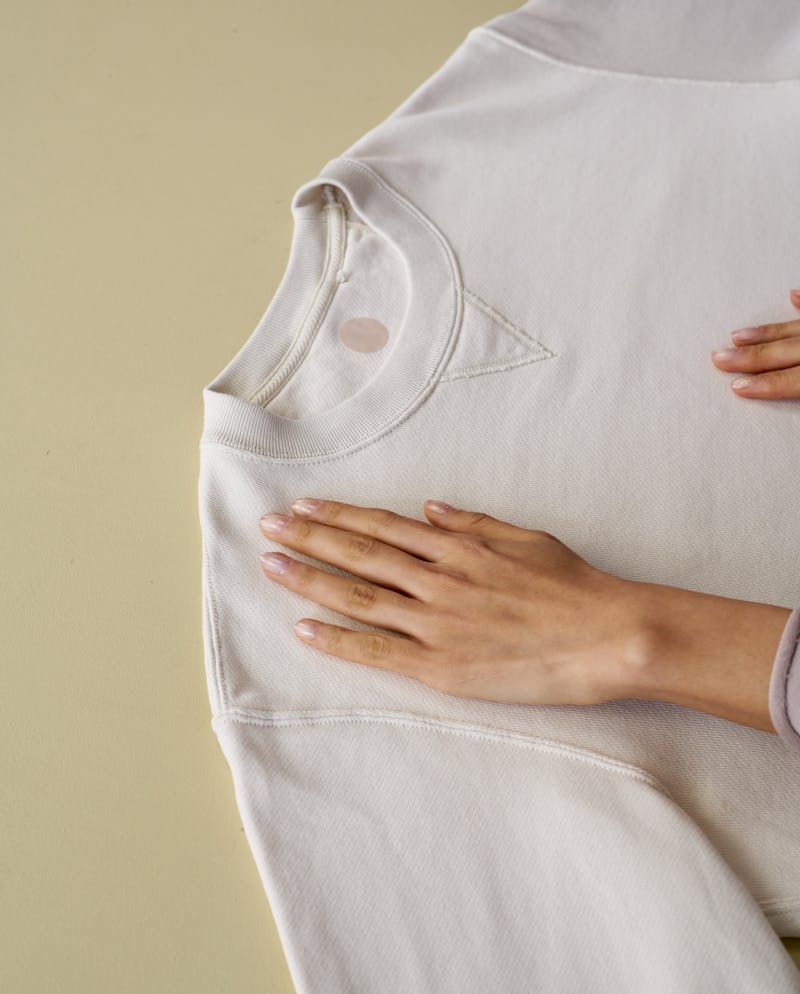
Show Off the Texture and Design Flat lay allows the texture and design of the fabrics to stand out. This method is particularly effective for showcasing intricate details such as embroidery, lace, or patterns.
Use Different Back Although the focus is on the clothing, changing the background can provide different contexts for the garments. For example, a rustic wooden backdrop might add a casual vibe, while a marble surface could suggest sophistication.
Try-On with Mannequins and Models
Using mannequins or models helps to display the fit and style of the clothing, offering a sense of how the garments will look in real life.
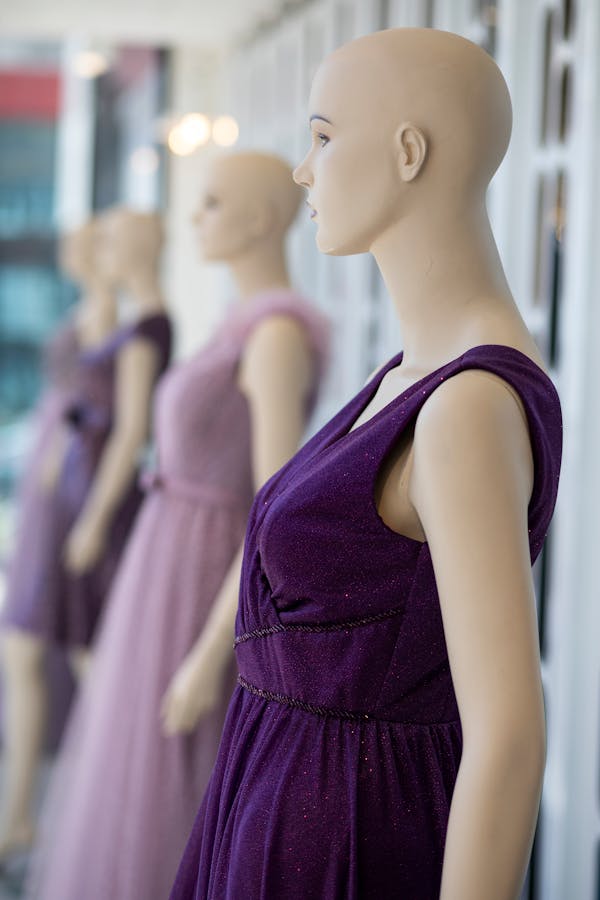
Show the Fit and Style Mannequins or models better convey how the clothing fits and moves with the body. They can show how the fabric drapes and highlight the clothing's shape.
Immerse in Lifestyle Scenarios This method also allows you to depict various lifestyle scenarios. You can set up a casual scene in a home, an outdoor adventure, or even a chic urban setting to match the clothing's intended use. You can get infinite lifestyle scenarios with AI
Use Dynamic Poses Encourage models to move naturally, creating images that capture the clothing's motion and flow. This adds energy and makes the photos more engaging.
2. Create a Strong Visual Brand
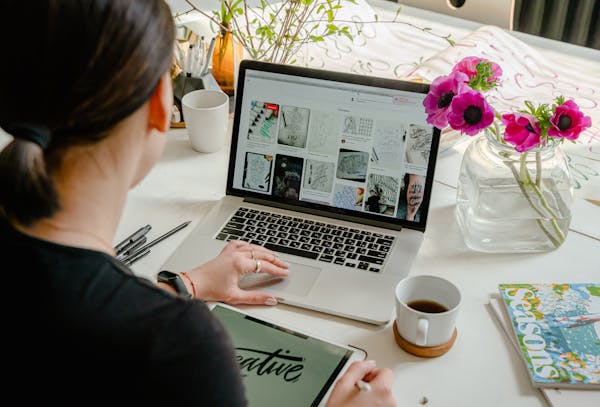
Create Consistent Visual Style
Developing a consistent visual style is key to making your brand recognizable. This includes using a specific color palette that reflects your brand's personality.
Plan Color Palette
Choose a color palette that complements your brand. Whether you go for soft pastels, bold hues, or monochromatic schemes, consistency will make your photos instantly identifiable.
Involve Mood and Personality
Your visual style should communicate the mood and personality of your brand. If your clothing line is casual and relaxed, opt for earthy tones and natural settings. For high-fashion, consider sleek, modern designs and backdrops.
Here's more tips on creating a strong visual brand.
3. Prepare the Clothes
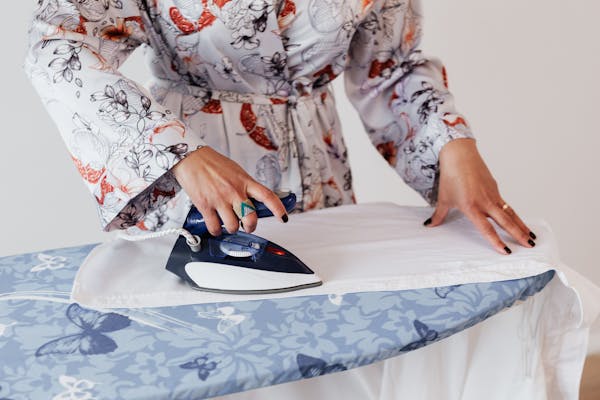
Iron Clothes
Ironing or steaming your clothes before a shoot is essential. Wrinkles and creases can distract from the design and make the garments look unprofessional.
Removing Imperfections
Take the time to remove any smudges or stains from the clothing. Even minor flaws can be magnified in photographs, detracting from the overall quality.
Cut Loose Threads
Be meticulous about cutting loose threads. They might seem insignificant but can ruin a close-up shot.
4. Lighting, Lighting, Lighting

Choose Studio Lights vs Natural Sunlight
Ensure your setup is well-lit either by studio lights or natural daylight. Correct lighting makes a significant difference in how the clothing will appear in the photo.
Brightening Dark Areas
Place white foam boards or reflectors around the product to bounce light back into shadowy areas, which helps in brightening up the dark regions and revealing details.
Avoid Harsh Shadows
Using foam boards can help in diffusing the light, thereby avoiding harsh shadows that might otherwise obscure important details of the garments.
Learn more about setting up lighting for clothing photography.
5. Utilize Props to Add Interest
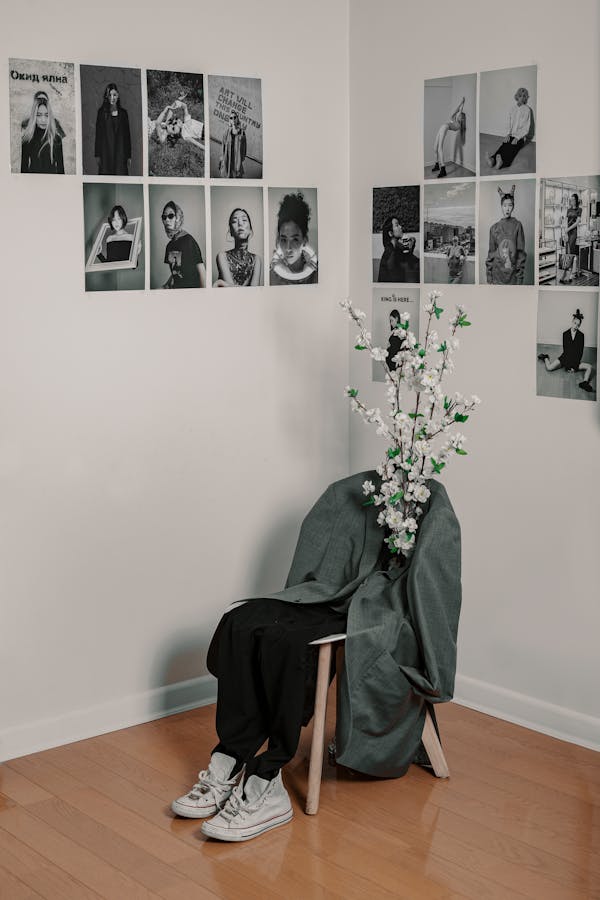
Incorporate Engaging Props
Adding props like sunglasses, bags, or shoes to your flat lay or mannequin photos can make the image more engaging and visually interesting.
Shoot Indoors
When shooting indoors, the right props can add a contextual layer to your clothing items. For example, placing a sun hat and sandals near a summer dress can imply a beach scenario.
Use AI Assistance
If you prefer a clean shoot and adding contextual backgrounds later, consider using tools like assembo.ai to place AI-generated backgrounds that fit your narrative.
6. Shoot in Natural Settings for Authenticity

Use Complementary Backgrounds
When photographing try-on clothing with models, choose natural, complementary backgrounds that enhance rather than overshadow the garments.
Steal Natural Light
Natural light often yields softer, more flattering images. Aim to shoot during the golden hours – early morning or late afternoon – for the best results.
Try AI Models
For those without access to models, assembo.ai can create realistic human models dressed in your clothing. First, you need to photograph the clothing on a mannequin or human model.
7. Prepare Multiple Images
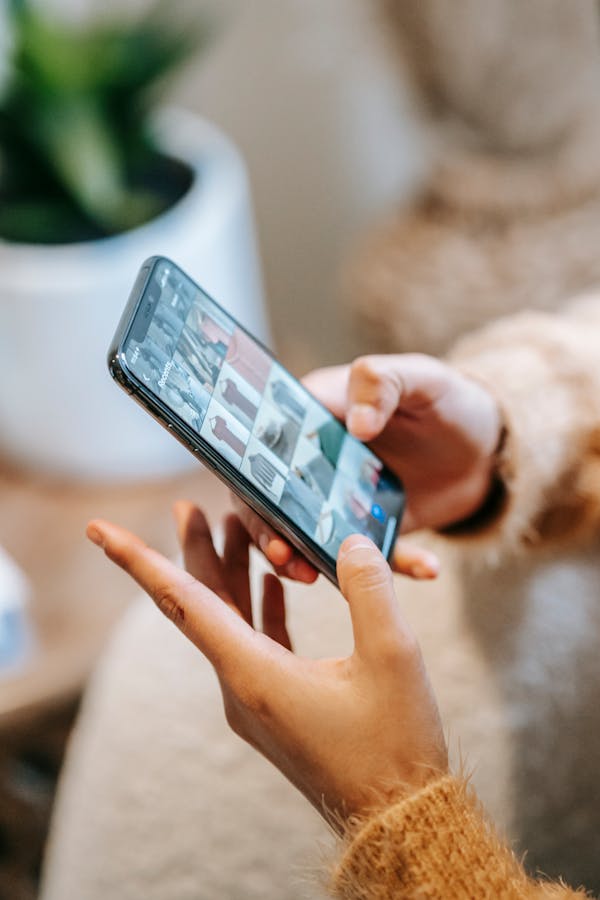
Shoot Various Angles
Capture several images of each clothing item from different angles. This method gives viewers a comprehensive look at the garment, making it easier for them to imagine wearing it.
Take more Close-Ups
Include close-up shots to highlight intricate details like stitching, patterns, and textures. This helps in showcasing the quality and craftsmanship of the garments.
Plan Ahead for Consistency
While capturing multiple angles, maintain a consistent style in terms of lighting and setting. Consistency not only saves time during post-processing but also keeps the brand's visual narrative intact.
8. Focus on Detailing and Highlight Unique Features
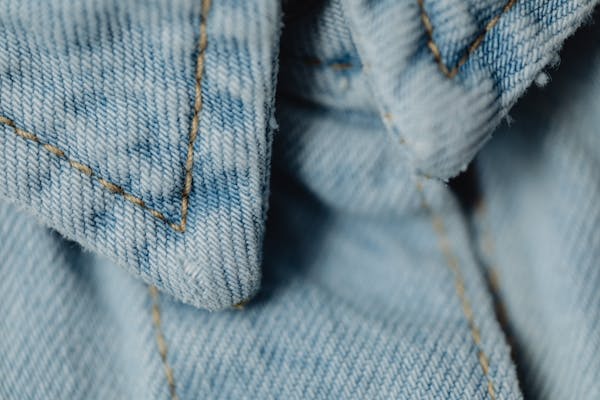
Highlight Distinctive Elements
Focusing on unique elements of the clothing, such as patterns, textures, or intricate designs, can draw attention to what makes the garment special.
Focus on Partial Details
Take several images that focus on different parts of the clothing. Highlight zippers, pockets, and other elements that add to the garment's functionality and style.
Learn more about how to highlight your garments' unique design
9. Consider the Background Carefully
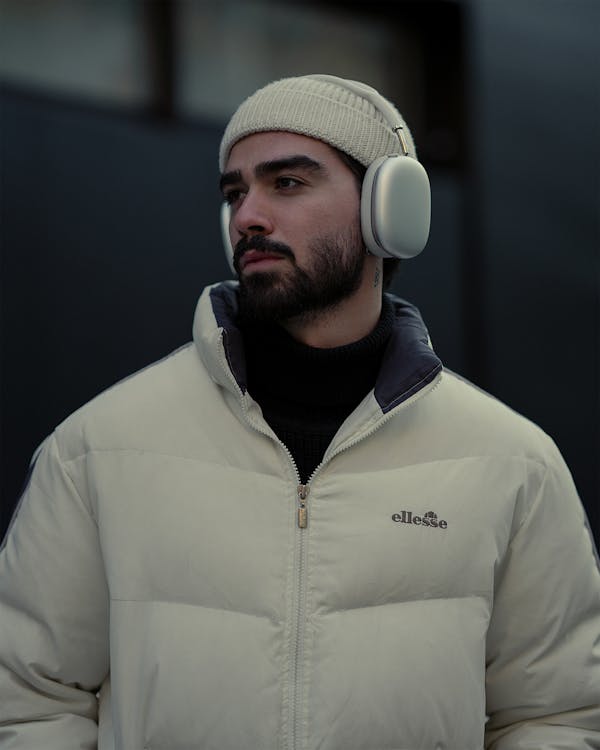
Use Simple Backdrops
For more straightforward designs, opt for simple backdrops that don't distract from the clothing. Neutral colors or solid backgrounds can help make the garment the focal point.
Try AI Backgrounds
For those looking for variety, shooting against a white background allows you to later add different AI-generated backgrounds through tools like assembo.ai. This provides flexibility while keeping the focus on the clothing.
10. Engage with Motion
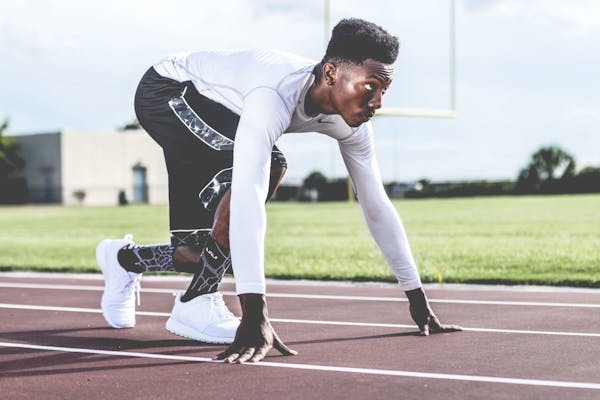
Use Dynamic Poses
Capture images of models in motion. Dynamic poses can highlight the clothing's fit and how it responds to movement, adding a sense of liveliness to the photos.
Capture Fit and Flow
Motion can emphasize how the clothing flows and fits around the body. Actions like walking, jumping, or twirling can add an extra layer of realism to the images.
Showcase Energy and Movement
Encourage models to interact naturally with their environment. This can add energy to the photos and create a more engaging visual narrative.
Final Thoughts
With these tips, you're well on your way to capturing stunning clothing photos. Even with just a smartphone, these strategies can help you bring out the best in your garments, enticing viewers and potential buyers alike.
